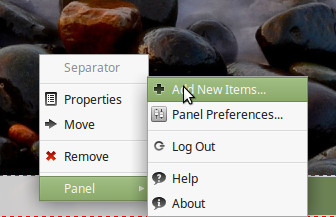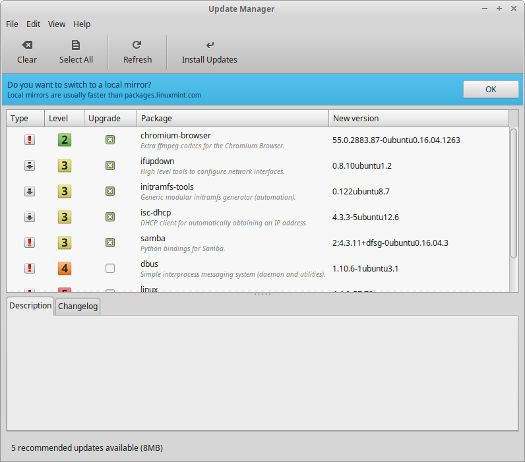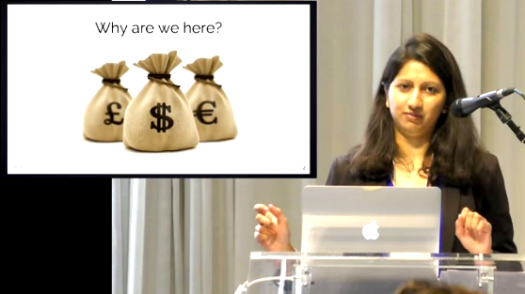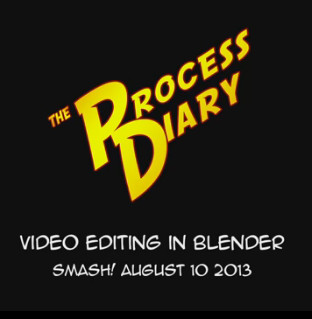After you get Linux up and running on your computer, there are still a few things left to do. Here’s a short list that newcomers might find helpful.

Linux for Newcomers
Those who are new to Linux might just go to work right away after installing, or having someone else install, GNU/Linux. However, there are a few things you should do first. Some of them, such as updating your system and activating the firewall, are essential. Others are just things you do to customize your Linux experience.
Here’s a short checklist of things to do after you get Linux up-and-running on your computer. You should consider the first two items on this list as being required, with all the other items being optional. The list is specific to Linux Mint 18.x Xfce Edition, so if you’re using another flavor of Linux, you’ll be better off searching for another list.
Christine Hall has been a journalist since 1971. In 2001, she began writing a weekly consumer computer column and started covering Linux and FOSS in 2002 after making the switch to GNU/Linux. Follow her on Twitter: @BrideOfLinux







 Hardware: I’m using a Raspberry Pi Model 2 B with a 32-bit SanDisk micro SD card. The reason for using the Model 2 B is because I happened to have one that wasn’t currently being used. Also, I wouldn’t need any of the extras, like Wi-Fi. that the Raspberry Pi 3 brings to the table since it will be connected via Ethernet and SSH.
Hardware: I’m using a Raspberry Pi Model 2 B with a 32-bit SanDisk micro SD card. The reason for using the Model 2 B is because I happened to have one that wasn’t currently being used. Also, I wouldn’t need any of the extras, like Wi-Fi. that the Raspberry Pi 3 brings to the table since it will be connected via Ethernet and SSH.

